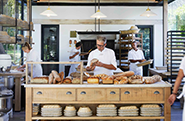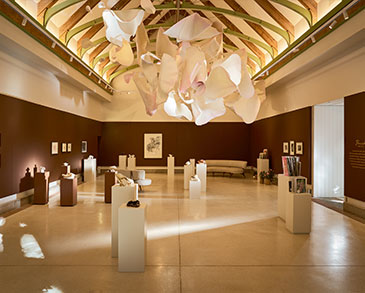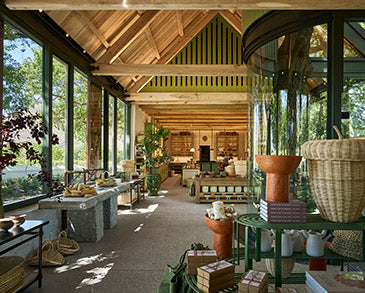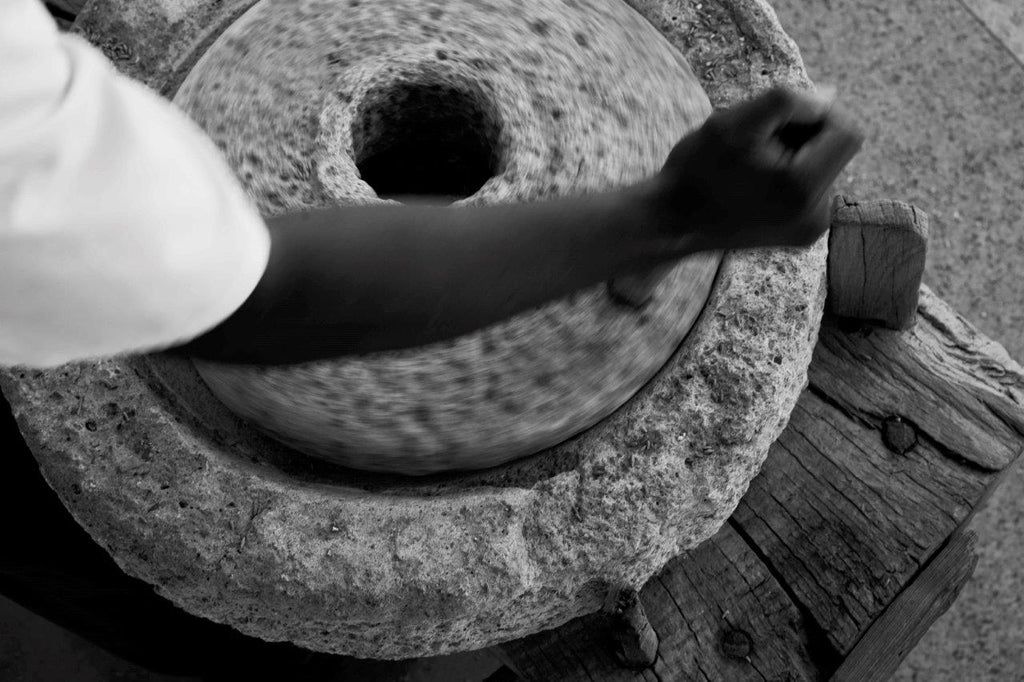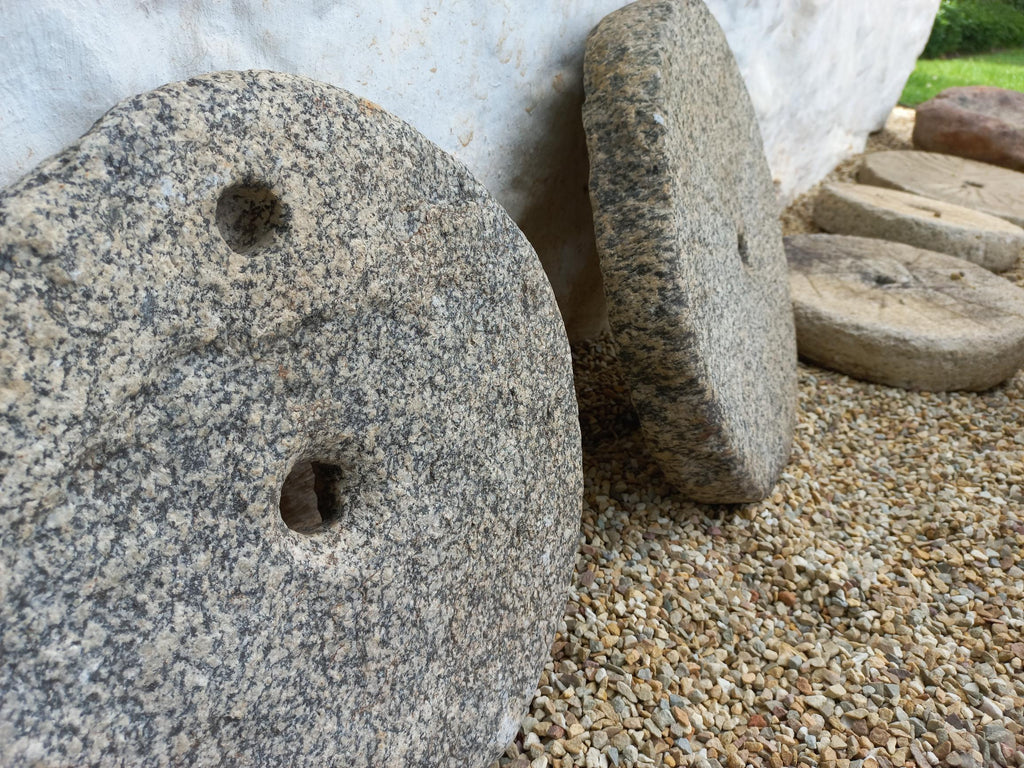Rotating hand mills
The rotary mill with its circular upper stone rotating over a similar foxed stone, was widely used throughout South Africa. It was suggested that the first rotary mill was turned by animals, and only later was the principle applied to the hand mills that we know today. References to donkey mills are found in writings from 400 BC, and the upper millstone became known as the donkey. The first references to rotary hand mills are contained in writings of 70 to 19 BC. In mediaeval Europe, the use of the rotary hand mill was restricted to protect the interests of the lords of the manor. There was an attempt to enforce similar rights in South Africa. In 1738, a man by the name of Michiel Otto was reported for having a hand mill. It was however nearly impossible to exercise control, especially for household use, and the 1820 settlers were even advised to bring out hand mills with them.
The rotary hand mill (gatskuur) generally used in South Africa typically used stones that had a diameter between 30 and 40 cm (you can see an example of a European gatskuur in the La Motte Bakery). The simplest type that was used had a solid-bed stone. The upper stone was similar, but the central part was often hollowed out to form a shallow funnel with a central eye about five cm in diameter. A vertical wooden handle was fitted into a hole towards the outside edge of the stone. Grain was fed into the eye of the upper stone and dropped into the space between the two stones, where it was ground to meal by the rotation of the upper runner-stone.


